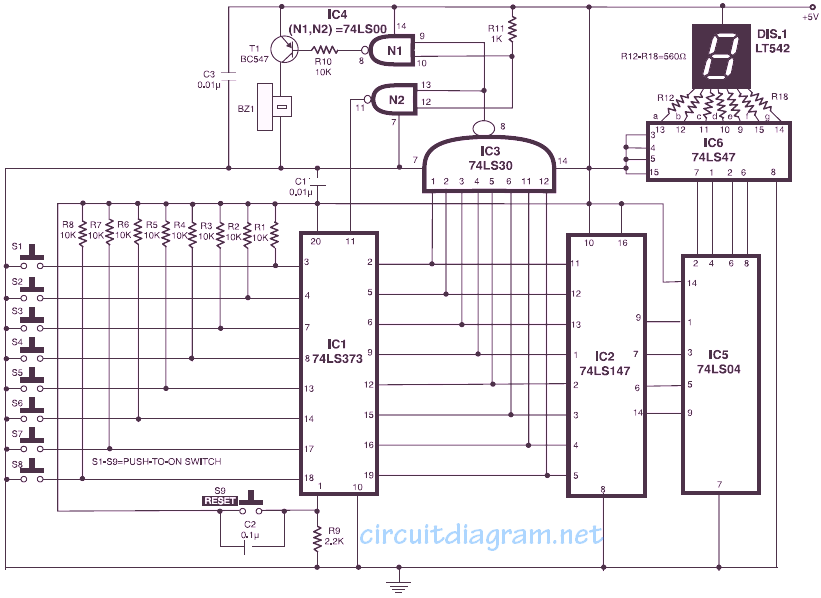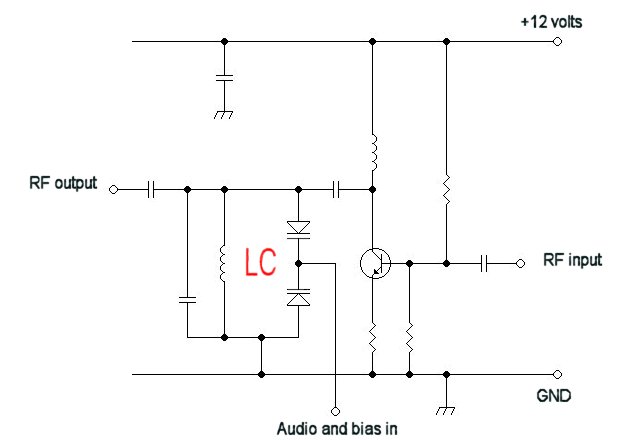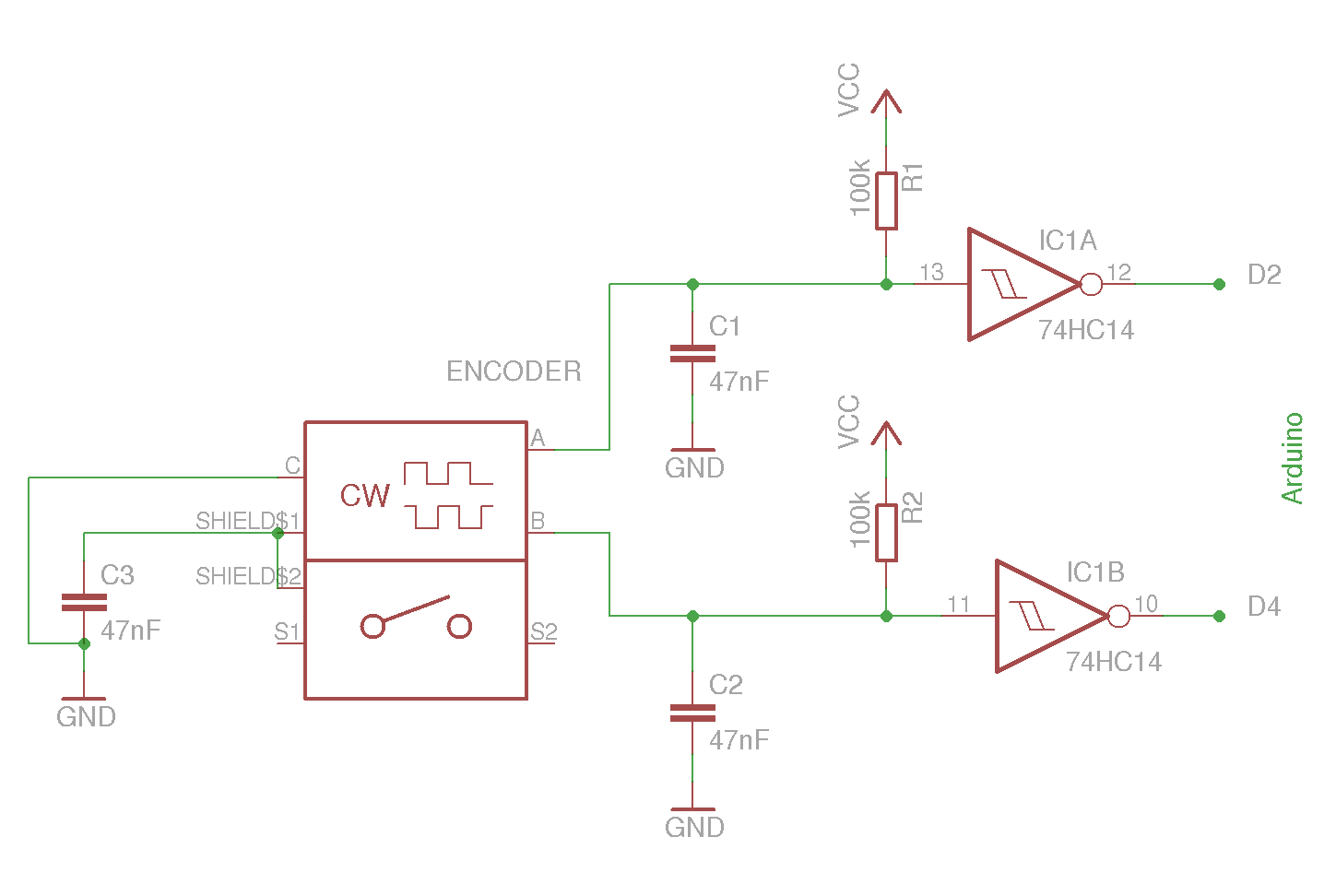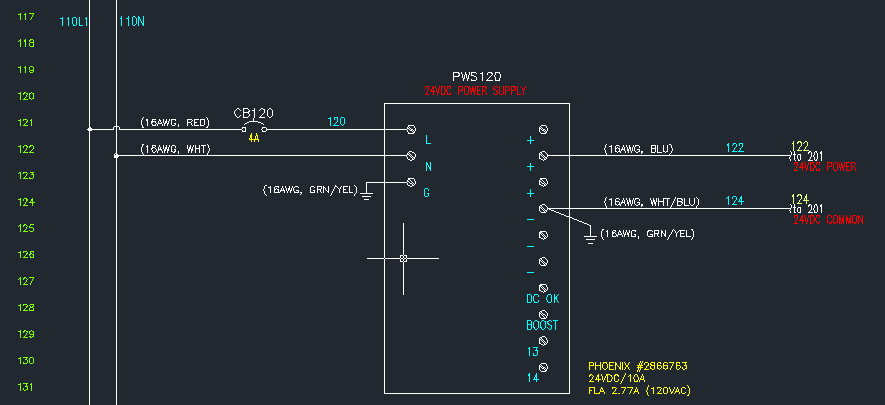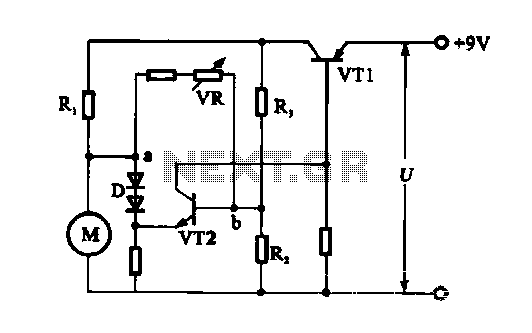
electronic door release
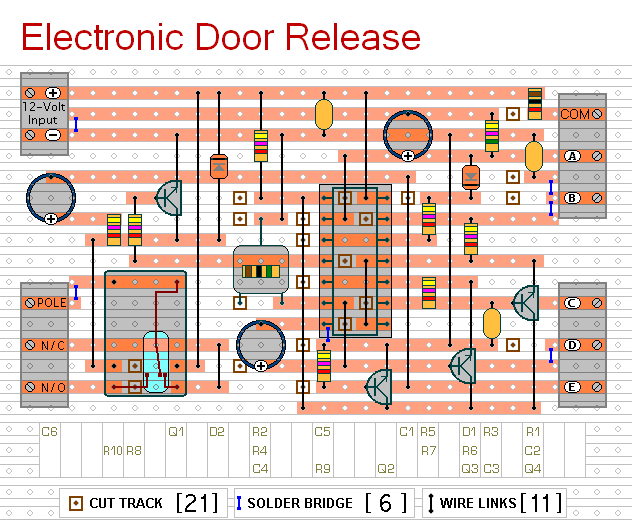
This circuit is designed to operate an electrical door-release mechanism, but it can be adapted for other applications. Upon entering a four-digit code of the user's choice, the relay will energize for a preset duration. The relay contacts can be used to power the release mechanism. The standby current is nearly zero, making battery power a feasible option.
The circuit comprises a microcontroller that processes the input from a keypad where the user enters the four-digit code. The microcontroller is programmed to recognize the specific sequence of digits. Upon successful entry of the correct code, the microcontroller sends a signal to a relay driver circuit, which then activates the relay. The relay serves as a switch that can handle higher voltage and current loads, allowing it to control the door-release mechanism effectively.
The system should include a power supply circuit that can either be connected to mains power or utilize a battery for operation. If a battery is used, a low-power microcontroller is recommended to ensure long battery life. The circuit may also incorporate a voltage regulator to maintain stable operation despite variations in power supply.
Additional features may include an LED indicator to provide visual feedback when the relay is energized and a buzzer that sounds upon successful code entry or incorrect attempts. For security purposes, the system can be designed to limit the number of incorrect entries before locking out further attempts for a specified duration.
In terms of layout, the circuit should be designed to minimize the distance between the microcontroller, keypad, and relay to reduce the risk of interference and ensure reliable operation. Proper decoupling capacitors should be placed near the power pins of the microcontroller to filter out noise. The relay contacts should be rated appropriately for the load they will control, and the use of flyback diodes across the relay coils is essential to protect the microcontroller from voltage spikes when the relay is de-energized.This circuit is designed to operate an electrical door-release mechanism - but it will have other applications. When you enter the four-digit code of your choice - the relay will energize for a preset time period.
Use the relay contacts to power the release mechanism. The standby current is virtually zero - so battery power is a realistic option.. 🔗 External reference
The circuit comprises a microcontroller that processes the input from a keypad where the user enters the four-digit code. The microcontroller is programmed to recognize the specific sequence of digits. Upon successful entry of the correct code, the microcontroller sends a signal to a relay driver circuit, which then activates the relay. The relay serves as a switch that can handle higher voltage and current loads, allowing it to control the door-release mechanism effectively.
The system should include a power supply circuit that can either be connected to mains power or utilize a battery for operation. If a battery is used, a low-power microcontroller is recommended to ensure long battery life. The circuit may also incorporate a voltage regulator to maintain stable operation despite variations in power supply.
Additional features may include an LED indicator to provide visual feedback when the relay is energized and a buzzer that sounds upon successful code entry or incorrect attempts. For security purposes, the system can be designed to limit the number of incorrect entries before locking out further attempts for a specified duration.
In terms of layout, the circuit should be designed to minimize the distance between the microcontroller, keypad, and relay to reduce the risk of interference and ensure reliable operation. Proper decoupling capacitors should be placed near the power pins of the microcontroller to filter out noise. The relay contacts should be rated appropriately for the load they will control, and the use of flyback diodes across the relay coils is essential to protect the microcontroller from voltage spikes when the relay is de-energized.This circuit is designed to operate an electrical door-release mechanism - but it will have other applications. When you enter the four-digit code of your choice - the relay will energize for a preset time period.
Use the relay contacts to power the release mechanism. The standby current is virtually zero - so battery power is a realistic option.. 🔗 External reference

